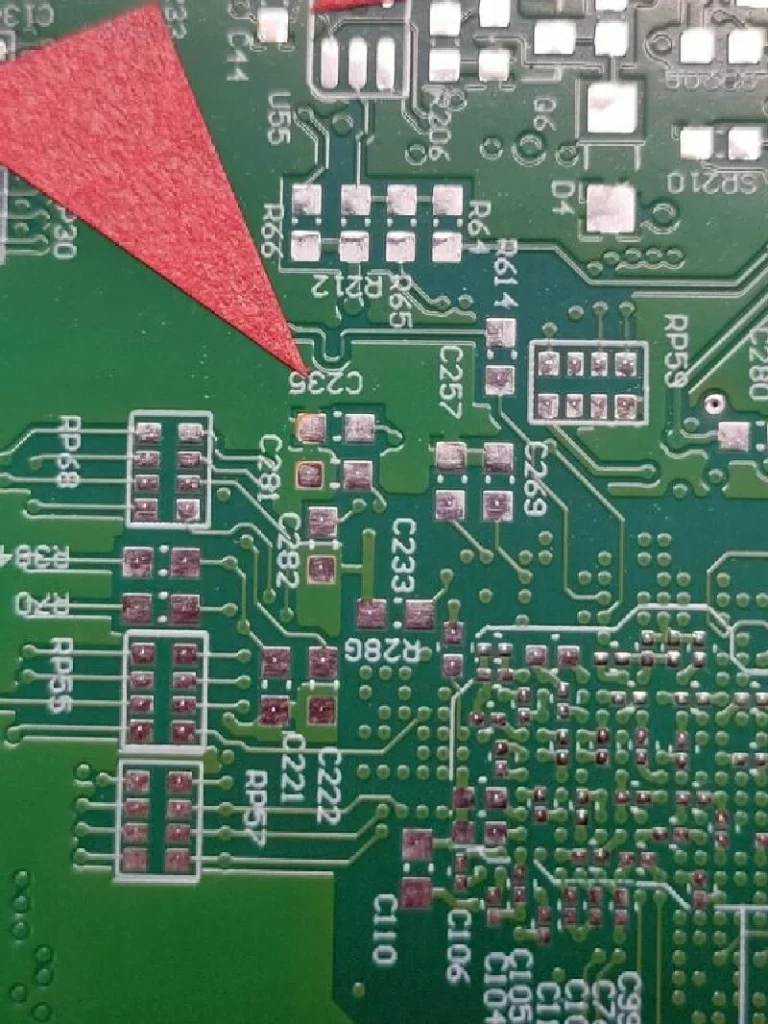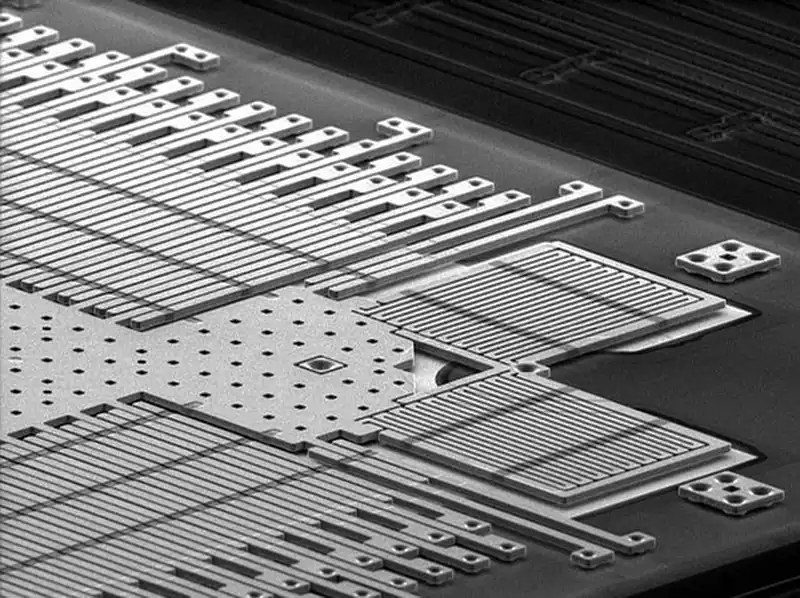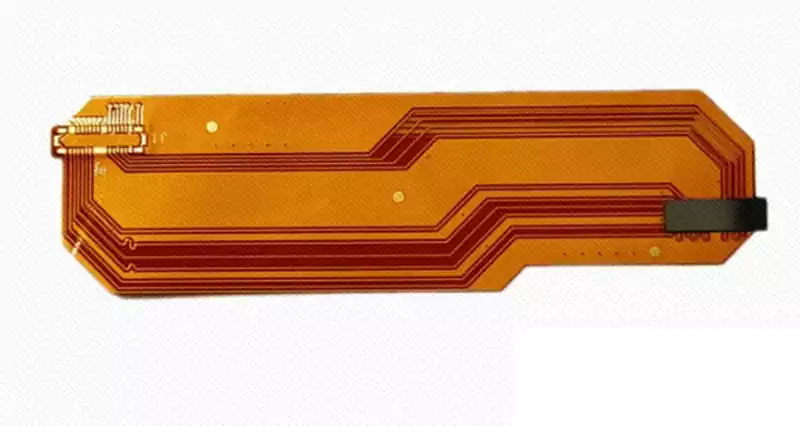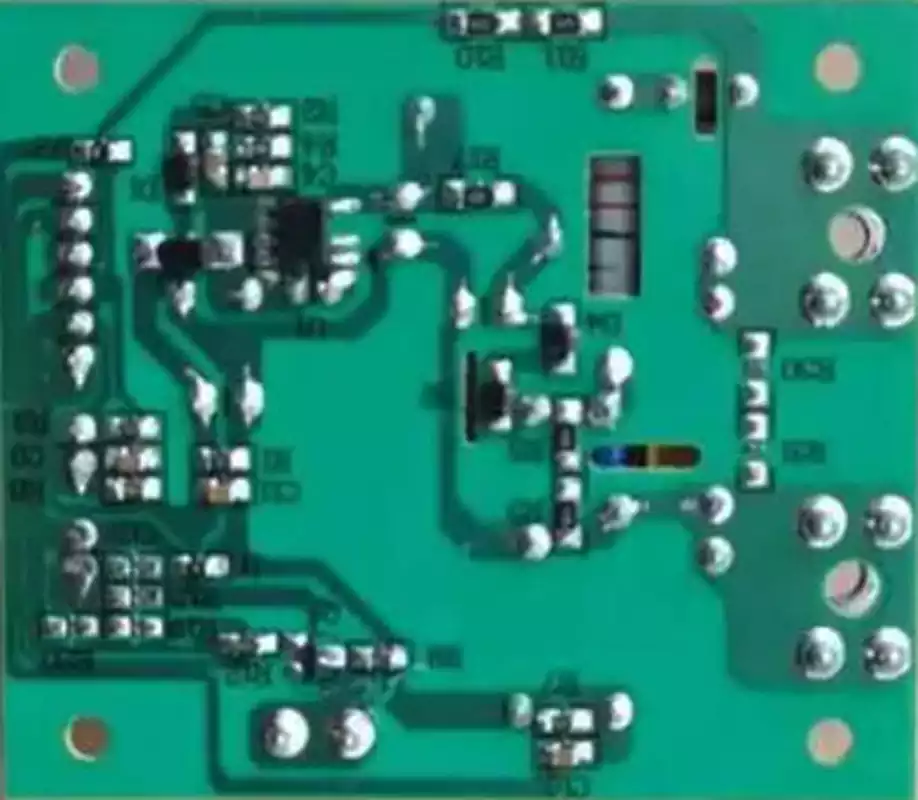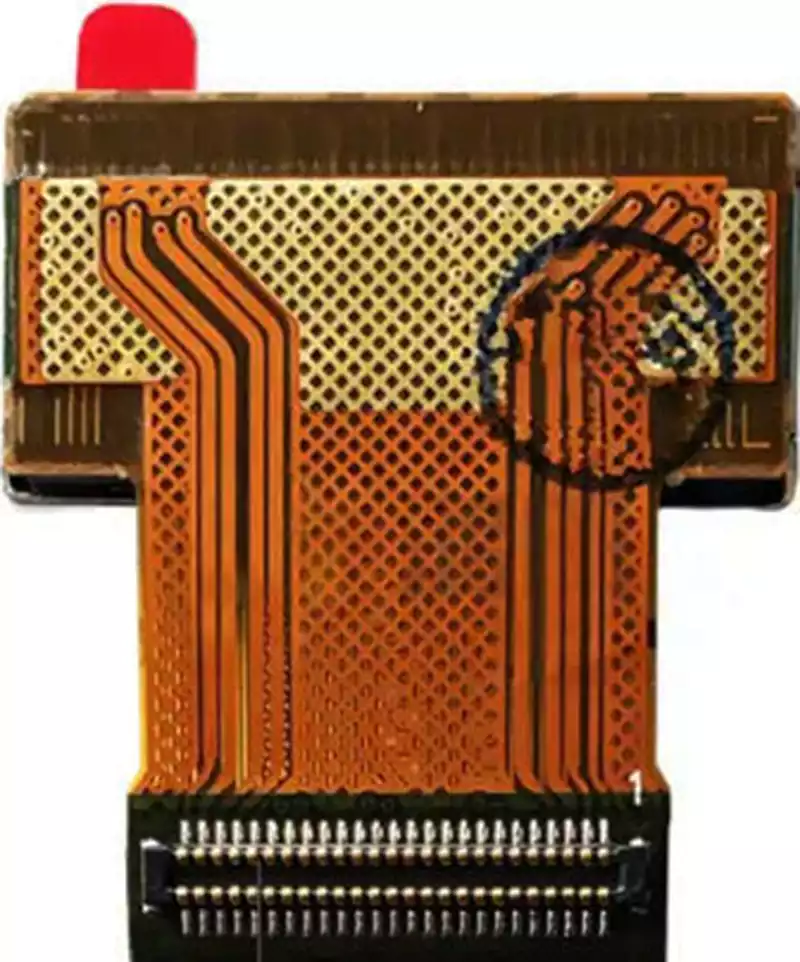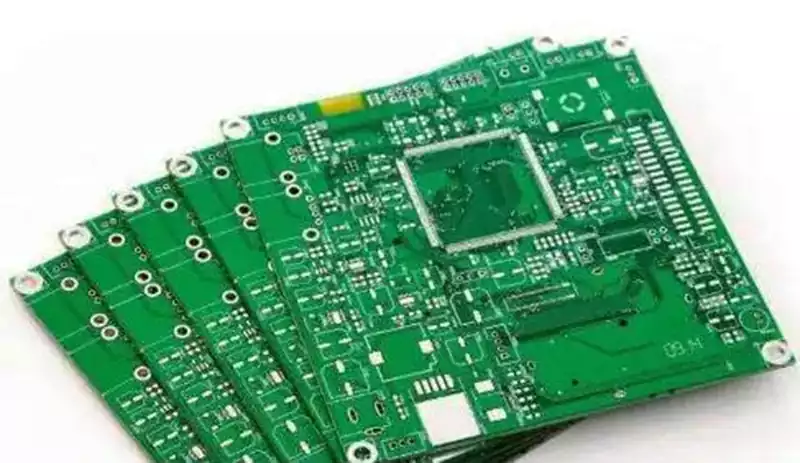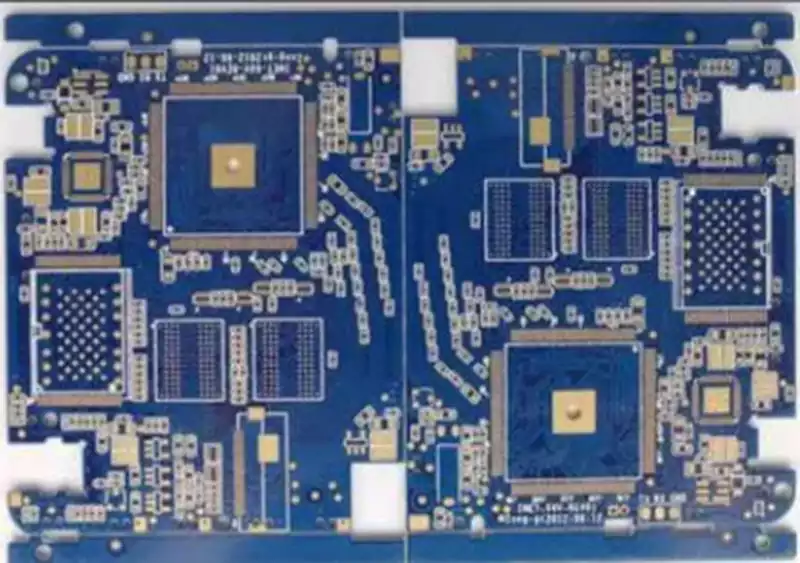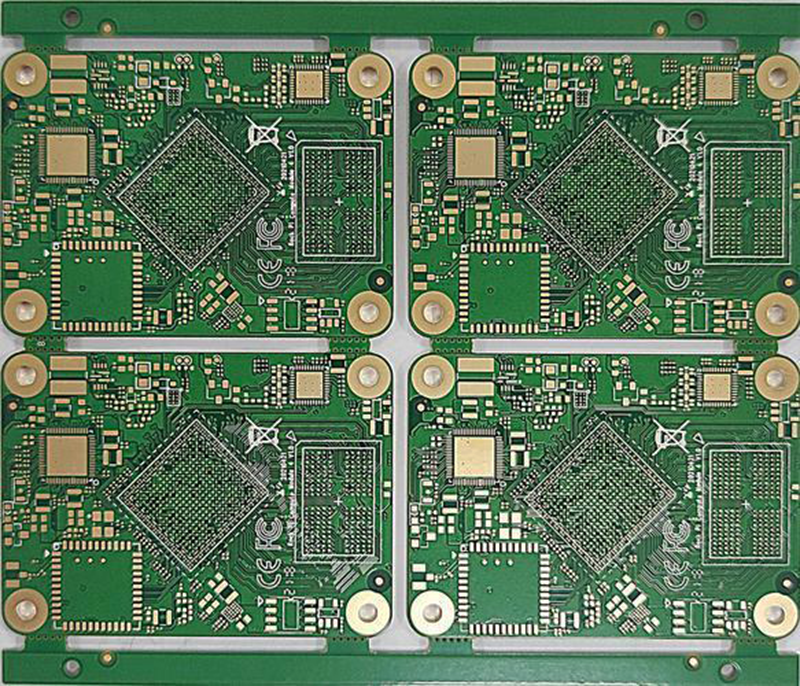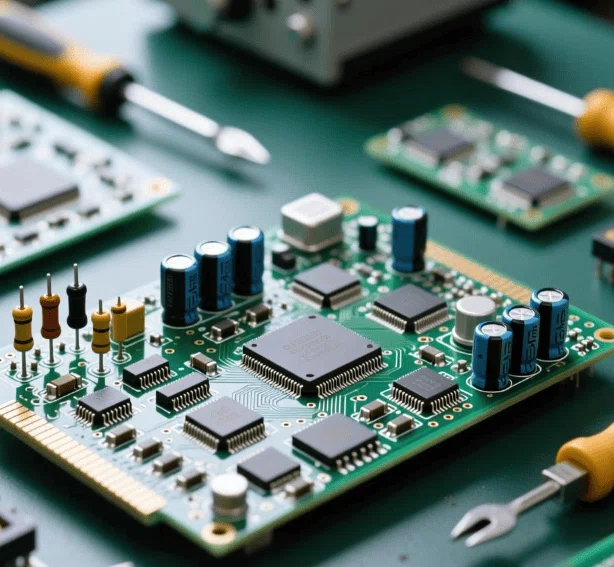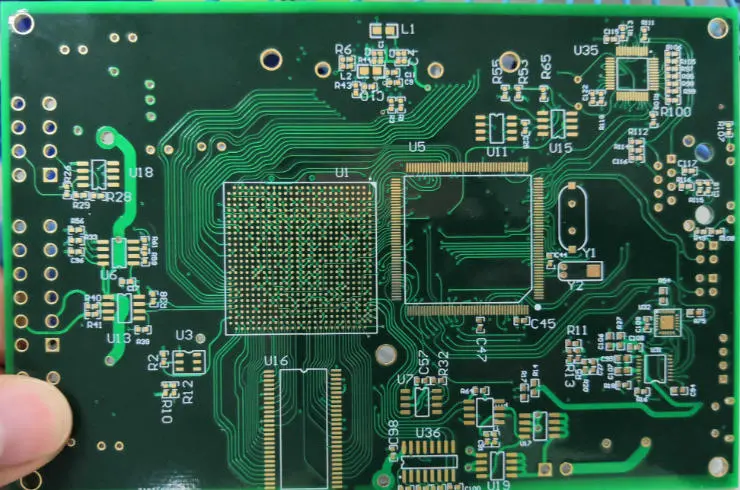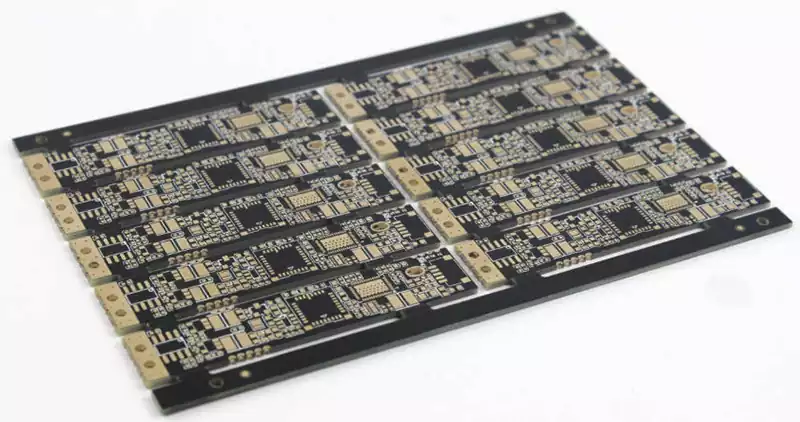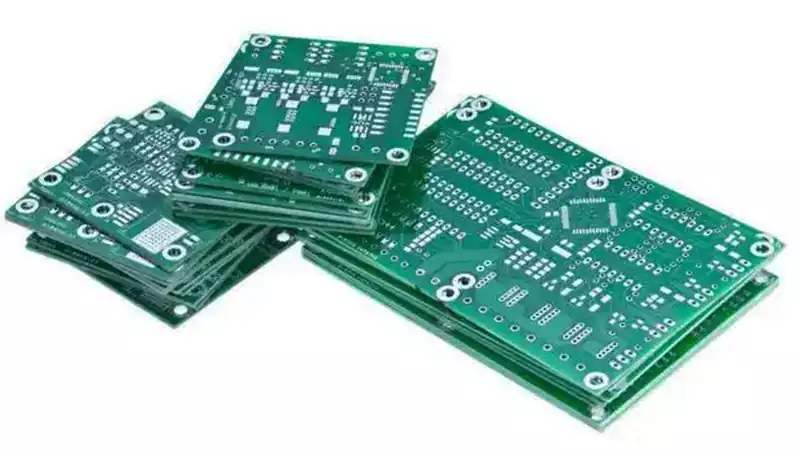What is PCB Contamination and Why is it an Invisible Risk?
What is PCB Contamination? In the electronic manufacturing process, many failure problems do not stem from design errors or component quality, but from a long-underestimated factor—contamination. Understanding what PCB contamination is involves more than simply determining whether the board is “dirty”; it requires recognizing how various seemingly minor residues can gradually erode the reliability of […]
